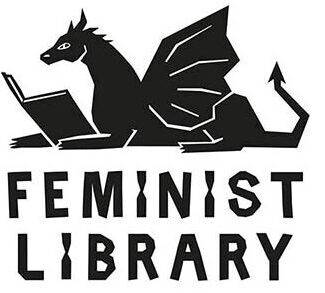Review: Vanessa and Virginia, Susan Sellers (Two Ravens and Harcourt, 2008)
I see you standing on the river bank, casting about for stones to fill your pockets. I feel the paralyzing cold as you wade in, the weight of your wet clothes as you force yourself forward. The water is in my mouth, my lungs, as the river drags us under.
Vanessa and Virginia, p. 176
A fictionalized portrait of writer Virginia Woolf’s intimate yet fraught relationship with her sister Vanessa Bell, Vanessa and Virgina (2008 Two Ravens and Harcourt, New York) centres around themes of artistic creation and female experience, familial ties, mental illness and loss. Susan Sellers creates a portrait of two phenomenally gifted artists at the vanguard of the Modernist movement, at the same time exploring the nature of female relationships: motherhood, daughterhood and sisterhood.
Vanessa Bell becomes the central subject, rather than a side-character to her more famous sister, and the novel takes the form of an epistle written by Bell to Woolf, remembering and reflecting on their history of love and rivalry. This narrative technique underscores the theme explored in the book of the cathartic power of writing. Inhabiting Bell’s perspective allows Sellers to detail her fascinating life as a Modernist artist, imagining how she might have willed her sister’s success, contributed to it, yet envied and even feared it.
The novel places the two sisters historically in terms of the artistic circles they were moving in, and the political events and social changes taking place. One feels the electricity and dynamism of creativity at a crucial time in the arts – the sisters’ and their contemporaries’ determination to create something truly new: ‘The edifices of convention have been razed to the ground. I will take my art to its limits.” (p. 52)
At the same time, the pressures of society seem to be closing in upon the characters, and threatening undercurrents permeate the novel. The early chapters describe the sisters’ longing to escape their stifling home, and the confines of staid femininity. Though they find freedom, camaraderie and love in a non-conformist circle of characters, who always seem to be switching partners and sexualities, there remains a sense of hostility, and alienation from a conservative society. Political unrest in Europe proves a constant threat – the men in the sisters’ lives must fight conscription to the First World War, and face hostility as Conscientious Objectors. As the novel progresses, war in Spain and imprisonment of Jews in Germany, as well as the loss of a child all close in, and both sisters are pushed to a crisis one of them will not survive.
When I picked up the novel it was not without reservations. Woolf is something of a heroine of mine – I recall encountering her breathtaking stream-of-consciousness prose in my teens, one of those moments of sheer awe at the alchemic possibilities of the written word. To add to this, fictionalized accounts of real historical figures had never been a genre I had gone in for, preferring instead to go for either a biography or a novel – could the two be successfully blended? Thankfully Sellers has pulled it off with panache in Vanessa and Virginia. This is owed in large part to the fact that the book is quite obviously meticulously researched. Sellers cites four biographies in her acknowledgements: Frances Spalding’s, Vanessa Bell, Angelica Garnett’s Deceived With Kindness: A Bloomsbury Childhood, Jane Dunn’s Virginia Woolf and Vanessa Bell: A Very Close Conspiracy and Hermione Lee’s Virginia Woolf. These references, along with Sellers’ weighty credentials (she is Professor of English and Related Literatures at St Andrews University, as well having edited the Cambridge Companion to Virginia Woolf) offer us reassurance that the novel is structured around fact – as well as providing further reading.
Sellers feeds this biographical information into the narrative in an imaginative, pictorial style, rather than simply regurgitating it – information and anecdotes are scattered through Vanessa’s imagined monologue. While Sellers does not precisely recreate Woolf’s own flitting, meandering stream-of-consciousness, her more simple prose style is both fresh and engaging, deploying scenes from both sisters’ works. The sensual descriptions of Bell’s paintings had me itching to rush off to a gallery to see the originals. Delightful, too are the depictions of the intellectual and social milieu of the Bloomsbury Group, which sees Woolf depicted in a carefree and almost wanton light – appearing in a risqué South sea-Islander costume, or engaging in open bisexual flirtations – this is a far cry from the drawn, pensive and distressed figure we may imagine the writer always to have been.
Reading Sellers’ book could not be considered a substitute for reading Woolf – and neither would I imagine its author would want it to be. This is a work created by a scholar who passionately loves Woolf’s work, written for those who love it equally passionately. Through both imagination and careful research, Sellers finds a way to highlight the artistic achievements of Woolf’s beloved, yet sadly less well-known sister. She also uniquely brings a segment of Woolf’s biography to life.
Vanessa and Virginia is available from the Feminist Library Bookshop at a special price of £8.00 (RRP £8.99)
Reviewed by Anna Piggott
